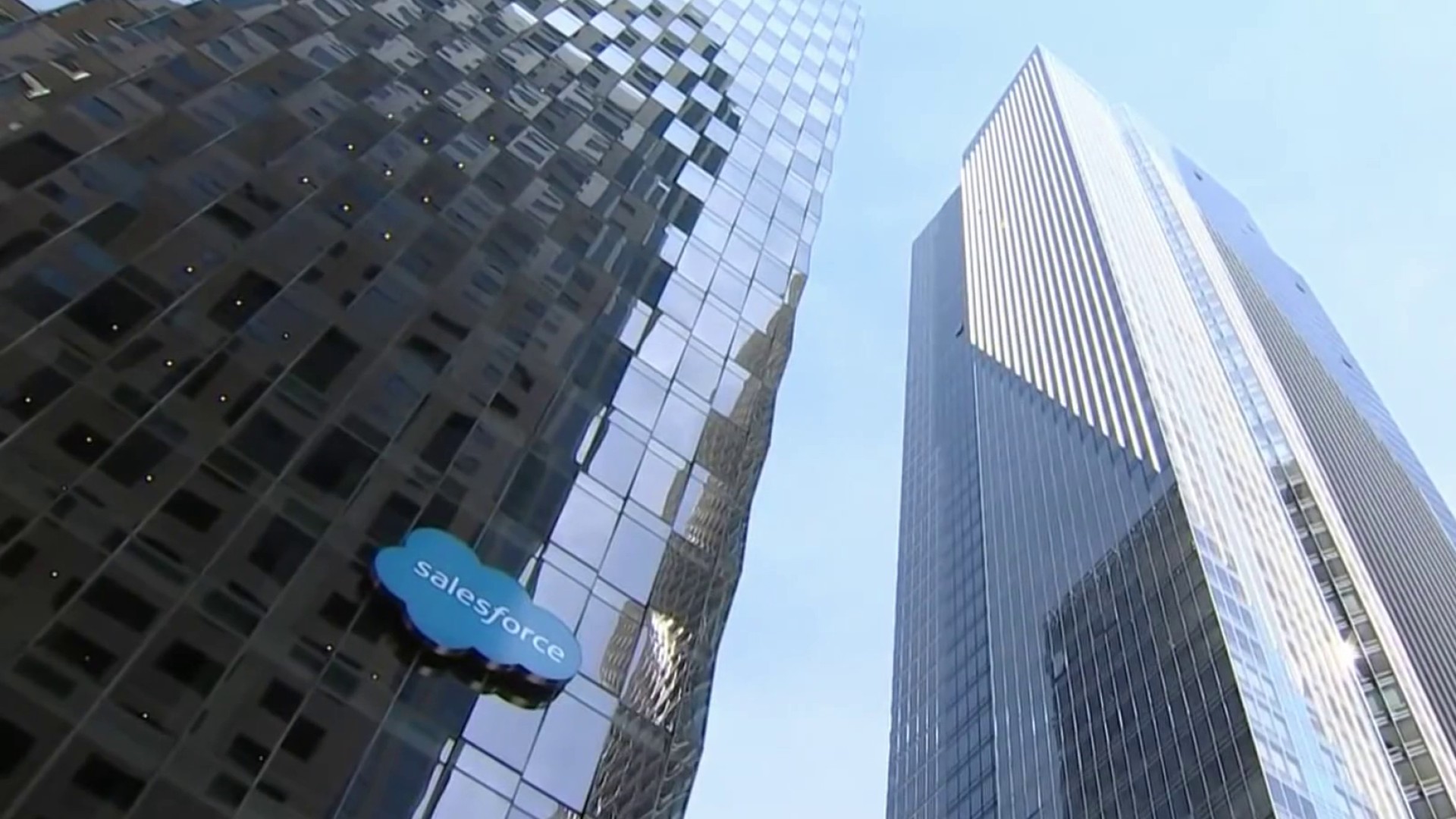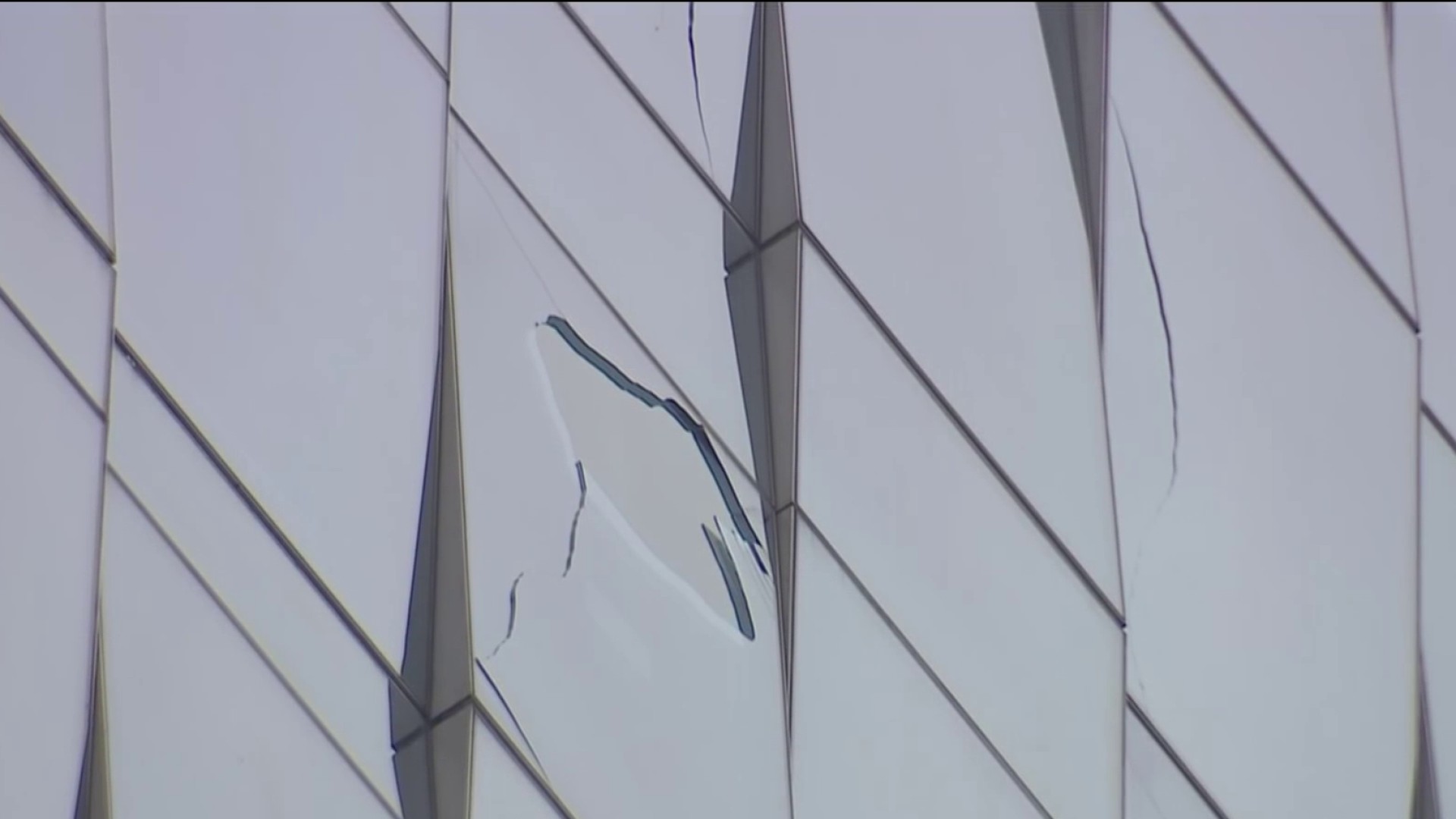Despite initial progress in the first phase of the so-called fix earlier this year, the sinking and leaning Millennium Tower in San Francisco is now tilting more to the west than ever, according to monitoring data reviewed by NBC Bay Area’s Investigative Unit.
The tower is currently leaning more than 29 inches at the northwest corner of Fremont and Mission streets, much of the added tilt occurring during the digging needed to prepare to support the tower along two sides.
But earlier this year, fix engineers saw signs of progress when the building was partially supported by six piles sunk along the base of its north side along Mission Street. While the tower appears stable on the Mission side, new rooftop-based monitoring data shows the tower is now tilting a half inch more to the west than before being supported on the north side.
Get a weekly recap of the latest San Francisco Bay Area housing news. Sign up for NBC Bay Area’s Housing Deconstructed newsletter.
“As far as remedial work goes, this is just a mess,” said veteran geotechnical engineer Bob Pyke, a long time skeptic of the $100 million plan to fix the troubled tower. “You spend all this money, but you still have an uncertain result long term.”
In responding to questions about the tower, engineers in charge of the project cast doubt on the reliability of the rooftop-based data they had cited when they declared some early success.
The engineers have relied on two types of measurement to determine lean. One reflects rooftop measurements, the other, foundation-based determinations.
Back in January, fix engineer Ron Hamburger pointed to rooftop-based monitoring data as reflecting early success with the reversal of some of the tower’s western tilt following the transfer of the some of the tower’s load onto piles along Mission Street to the northwest corner.
But in recent weeks, the rooftop data is reflecting the loss of the improvement and a trend of worsening tilt. As a result, the tower is now leaning about a half-inch more to the west than before it was first supported along Mission.
In a statement, Hamburger indicated that the rooftop data is prone to weather fluctuations. He pointed to foundation-based data as being more reliable.
Foundation-based monitoring data fluctuated less when the tower was partly transferred to six piles in January.
It currently shows the tower is tilting more than ever to the west, but only by about a quarter of an inch. Hamburger said he considers that amount of added tilt “negligible.”
“We are fully confident that following transfer of the remaining design load to the piles,’’ Hamburger told us in a statement, “there will be no further …. movement of the roof to the west.”
But Pyke says the monitoring data proves the tower is once again defying fix engineers’ expectations. At the moment, Pyke says, there’s no way to know if the tower will work as hoped and stop tilting after some of the load is shifted to piles rooted to bedrock on the west side.
“The design team has always claimed that there is going to be some rebound after they connect the perimeter piles,” Pyke said. “So far the evidence seems to suggest that’s not going to happen.”
The tilting trend comes as fix engineers are moving forward with securing the foundation to the dozen piles sunk along Fremont Street. The plan is to have the building load partly shifted to those piles in a matter of days.



